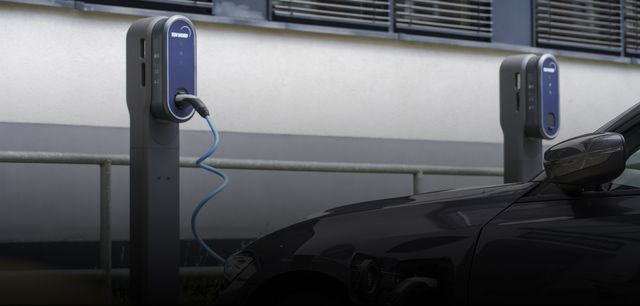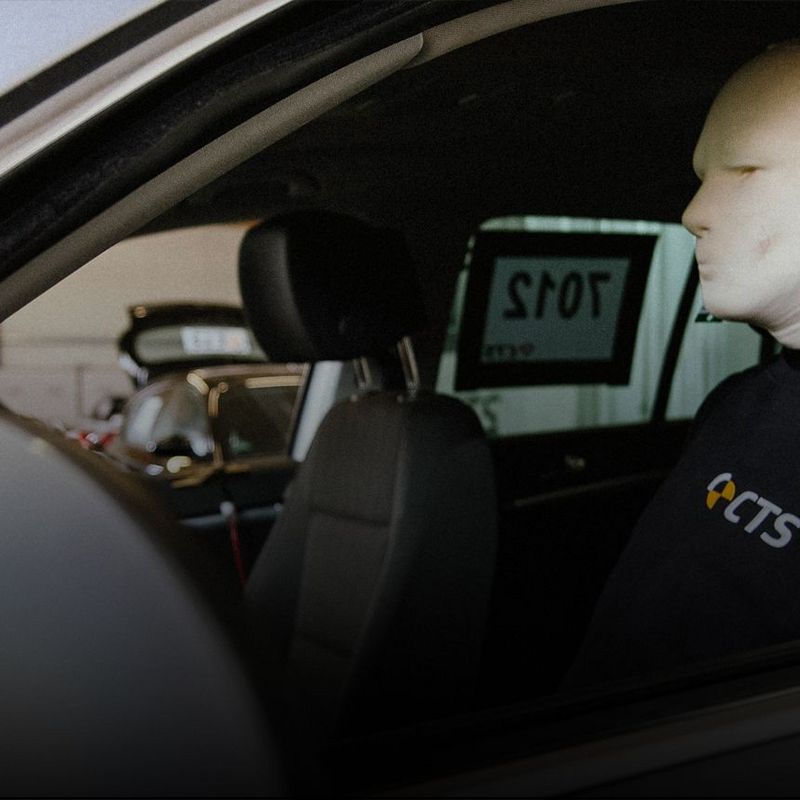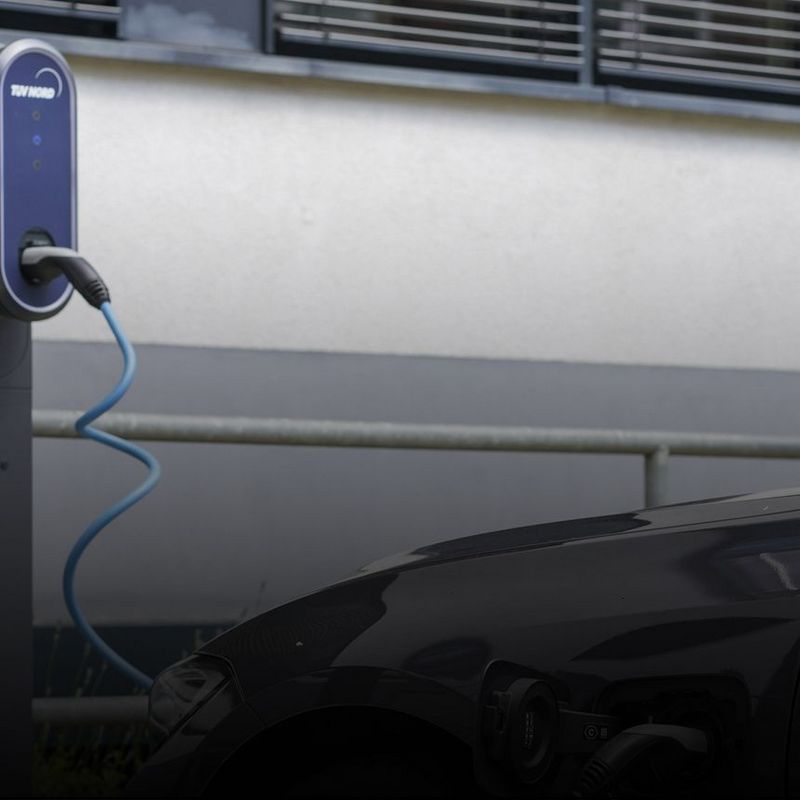8 September 2022
Electric cars are growing in popularity. But there is still a great deal of concern about emissions-free drive systems: do we have enough electricity to power these new consumers, and will we have enough in the future? Will the networks hold up, or will there be a nationwide blackout if everyone starts charging their electric cars at the same time? Our checklist provides answers to the most important questions.
How rapidly is the demand for electricity to power electric cars increasing?
More than 1.5 million fully electric cars and plug-in hybrids were registered in Germany in July 2022. When you compare this to total car numbers in Germany, it is still a manageable figure, albeit one which has grown significantly in the last two years. According to calculations by the Fraunhofer Institute, if all the approximately 45 million cars in Germany were to switch over to electric propulsion, electricity demand would increase by 20 percent. “But even though this might be desirable from an environmental point of view, the conversion of the vehicle fleet won’t happen overnight; it’s going to be a gradual process,” says Manuel Hagemann, electromobility expert at TÜV NORD. According to forecasts by Fraunhofer researchers, between seven and ten million electric cars will be whirring their way along German roads by 2030. This would increase the demand for electricity by just 3 to 4.5 percent. An electricity volume that, from the point of view of energy suppliers such as Vattenfall, is not a challenge.
![]() More than 1.5 million fully electric cars and plug-in hybrids were registered in Germany in July 2022.
More than 1.5 million fully electric cars and plug-in hybrids were registered in Germany in July 2022.
Is growing demand driving up electricity prices?
Electricity prices are currently at a record high. Reasons for this include extremely high gas prices as well as the ongoing drought in Europe and the pricing mechanism. And yet, there is good news: the expansion of renewables should also pay off for consumers in the medium term. “The costs of generating electricity from solar energy and onshore wind turbines are already lower than the equivalent from nuclear power or lignite,” says TÜV NORD expert Manuel Hagemann. A trend that, from the point of view of the Fraunhofer Institute, will gather pace significantly in the years leading up to 2035. According to the researchers’ calculations, the ramp-up of electromobility in particular could ultimately benefit everyone: in tandem with the increase in electricity sales, revenues from grid usage fees, which are used to finance the expansion of the distribution grids, are also growing. On the other side of the equation, the researchers believe that investments in power lines and transformers for this expansion will not increase to the same extent. The bottom line is that electricity prices for households may well even fall in 2030 thanks to electric mobility.
About
Manuel Hagemann is an electromobility expert at TÜV NORD. In the TÜV Verband, the mechanical engineer heads the Electromobility Working Group.
Are the power grids capable of handling the higher load?
When it came to the design of local grids, heavy users such as electric cars were in most cases not yet on the horizon. “The largest consumer in private households used to be the sauna, which would swallow anything from 4 to 8 kW. Private charging points, on the other hand, require between 11 kw or 22 kW – and that over a longer period of time,” says electric mobility expert Mr Hagemann. Charging electric cars individually is not a problem, even for today's grids. But if everyone really did start plugging their cars in at the same time, this could lead to local overloads. For this reason, some distribution grids will require adaptation, but this won’t need to happen overnight and, according to the network operators, is well within the realm of the possible. E.ON, for example, sees its networks in Germany as ready to handle a complete conversion to electric cars given continuous and forward-looking expansion.
![]() When it came to the design of local grids, heavy users such as electric cars were in most cases not yet on the horizon.
When it came to the design of local grids, heavy users such as electric cars were in most cases not yet on the horizon.
What will happen when we really do all start charging at the same time?
This is much less likely than is commonly assumed. Such, at least, is the outcome of field tests carried out by the distribution system operator Netze BW. In a pilot project, ten households on a street were equipped with an electric vehicle and the electricity consumption data evaluated over a period of one and a half years. The result: over time, residents learned to trust their battery capacity more and more and charged less and less frequently, with the effect that more than five vehicles were never connected to the grid at any one time. For 70 percent of the time, indeed, no charging took place at all. In the event of major loads on the grid, the use of battery storage systems and intelligent charging management could provide an efficient remedy, according to a central finding of the research projects.
![]() Electric cars usually charge at home during the night or at work during the day.
Electric cars usually charge at home during the night or at work during the day.
And how do we charge intelligently?
Electric cars usually charge at home during the night or at work during the day. They often stand around for much longer than required for a full battery charge. “Appropriate charging management can be used to reduce charging power per electric car,” explains electric mobility expert Mr Hagemann.
Appropriate charging management can be used to reduce charging power per electric car.
The electric vehicles will then charge more slowly, taking the pressure off the grids. The approximately 900,000 smart wallboxes funded by the German government could also be controlled remotely and their output pegged back in the event of an emergency. “What this control mechanism might look like, however, hasn’t yet been set out in a regulation or clarified in technical terms,” says Mr Hagemann. Some network operators are calling for the possibility of so-called peak smoothing to be prescribed by law. “In addition or as an alternative, cheaper night-time electricity tariffs could also be used to create incentives to charge electric cars when there is less demand on the grid,” says electric expert Manuel Hagemann. Last but not least, the electric vehicles themselves will support the grid in the future by feeding electricity from their batteries back into the grid when needed to compensate for possible fluctuations. “This will allow vehicle-to-grid to make an important contribution to the success of the energy transition,” says Manuel Hagemann.







